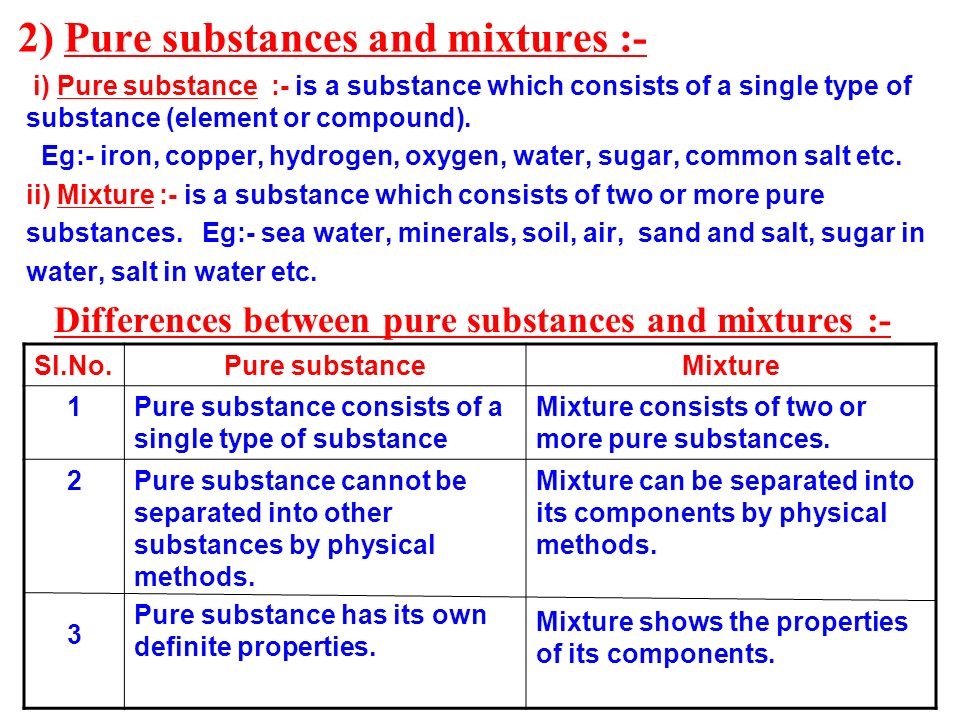| 6A |
6B |
6C |
TOPICS and
materials given by teacher |
Materials
students must bring |
| ARISTIZABAL DIAZ HERNAN, GARCIA VASQUEZ MELISSA ALEXANDRA, RUEDA
AGUILERA MIGUEL ANGEL |
AVELLANEDA
BEJARANO NICOLAS LEONARDO, SARMIENTO MARTINEZ DIEGO, ALDANA RUEDA JUANA
VALENTINA |
BARO
PEREZ DIEGO ALEJANDRO, ROSERO DELGADO TOMAS SANTIAGO, CASTAÑEDA ALVAREZ
MARIANA |
1.
Oreo Cookie Challenge
Do Double-Stuff Oreos actually have double the stuffing or regular
oreos?
Equipment: Scale, Beaker,
*you may need to set some guidelines about eating the experiment
items
|
Rulers, ( Crackers) Oreos and Double Stuff
Oreos |
| BAEZ CHAPARRO SAMUEL, GOMEZ QUINTERO LUCIANA |
CORRALES
CORTES MIGUEL ANGEL,ARISTIZABAL SUAREZ LAURA, TRUJILLO MONTEALEGRE MARIA
CAMILA |
CARRASCO
MOSQUERA JUAN IGNACIO, SERRANO HORTUA JOSE FARITH, CUERVO MANRIQUE ANA SOFIA |
2.
Are Bounty paper towels more absorbant than generic paper towels?
Equipment: Beaker, Graduated Cylinder, Scale, Rulers, Water, Two types of
towels
Dissecting trays or pans might help for catching water.
|
Rulers, Two types of kitchen towels |
| BELTRAN PARIS JUAN DIEGO, BOHORQUEZ CHACON DANNA SOFIA, CASTRO
CIENDUA SARA JULIANA |
ESPINOSA
RAMIREZ JUAN ESTEBAN, CHOACHI CELIS NICOLLE SOFIA, SCARPETTA DUARTE CAMILA |
CARREÑO
PASTRANA ANDRES FELIPE, VERGEL CHAPARRO DANIEL SANTIAGO, GARCIA JIMENEZ
MANUELA |
3.
How does surface area of a candy affect how quickly it dissolves in
water?
Equipment: smarties or sweet tarts (or any sugary dissolvable candy that
can be cut into smaller portions), water, ruler, scale, *scalpel or blade,
timer |
smarties
or sweet tarts (or any sugary dissolvable candy that can be cut into smaller
portions), ruler,*scalpel or cutter |
| CUBILLOS GOMEZ NICOLAS, MONCADA ROSAS ISABELLA |
FLOREZ
BUITRAGO JUAN SEBASTIAN, IBAÑEZ VILLADA SOFIA, MANOSALVA TORRES VALERIE
ALEXANDRA |
CUBIDES
ACOSTA MARTIN ANDRES, RICCI CASTILLO MATIAS, |
4.
Many gum brands claim that they have the longest lasting flavor. Design and
conduct an experiment to determine what type of gum has the longest lasting
flavor.
clock, |
a variety of different types of gum |
| GARZON BAYONA JUAN SEBASTIAN, ROJAS ACERO VALENTINA |
FORD
SALAZAR MATTHEW JAY, MARTINEZ SANCHEZ VALERIA SOFIA |
GAITAN
NAVEROS SAMUEL, LAZARO LAZARO KATHERINE VANESSA |
5.
Which type of polish remover works best, acetone or acetone free?
fingernail polish, polish remover (2 types), dishes, lids, or other
surfaces to paint on, variety is good so that students must consider the
surface when conducting the experiment. |
fingernail
polish, polish remover (2 types), dishes, lids, or other surfaces to paint
on, variety is good so that students must consider the surface when
conducting the experiment. |
| HERRERA ULLOA SIMON, RIOS PINZON MARÍA JOSÉ, VARGAS VILLAREAL
THOMAS |
HINCAPIE
CASTRO JUAN DIEGO, NARANJO ERAZO LUISA MARIA, RODRIGUEZ AVILA LAURA SOFIA |
GÓMEZ
PEDRAZA JERÓNIMO, YEPES RODRIGUEZ CAMILO ANDRES, MAHECHA GUIO PAULA
ALEJANDRA, ORTIZ CABALLERO SHARON NICOL |
1.
Oreo Cookie Challenge
Do Double-Stuff Oreos actually have double the stuffing or regular
oreos?
Equipment: Scale, Beaker, Rulers, *Oreos and Double Stuff Oreos
*you may need to set some guidelines about eating the experiment items
Equipment: Scale, Beaker, Rulers, *Oreos and Double Stuff Oreos |
Rulers, *Oreos and Double Stuff Oreos |
| LEGUIZAMON LOPEZ LEANDRO, CRESPO PACHON SOREL |
PARRA
CORTES JUAN ANDRES, ROJAS BOTERO ANA MARÍA, TENJICA CHAPARRO GABRIELA
ALEXANDRA |
MEDINA
MEDINA NICOLAS, PALACIOS VILLAMARIN ANA SOFIA, ARATE LOSADA ISABELLA |
2.
Are Bounty paper towels more absorbant than generic paper towels?
Equipment: Beaker, Graduated Cylinder, Scale, Rules, Water, Two types of
towels
Dissecting trays or pans might help for catching water. |
Rulers, Two types of kitchen towels |
| MEJIA PANESSO DIEGO ALEJANDRO, HERNÁNDEZ SÁNCHEZ PAULA VALENTINA |
PIZARRO
AMAYA MANUEL, SANCHEZ RODRIGUEZ ANA SOFIA, SILVA GUTIERREZ RAFAEL |
MENDOZA
REY SANTIAGO, QUIMBAYO TORRES EMHILY STEPHANIA |
3.
How does surface area of a candy affect how quickly it dissolves in
water?
Equipment: smarties or sweet tarts (or any sugary dissolvable candy that
can be cut into smaller portions), water, ruler, scale, *scalpel or blade,
timer |
smarties
or sweet tarts (or any sugary dissolvable candy that can be cut into smaller
portions), ruler,*scalpel or cutter |
| PARRA JIMENEZ DAVID ALEJANDRO, PIÑEROS LEON DANIELA, VARGAS
MORENO JUAN SEBASTIAN |
ROBLES
MORENO JUAN SEBASTIAN, SUAREZ RUIZ GABRIEL JOSE |
|
4.
Many gum brands claim that they have the longest lasting flavor. Design and
conduct an experiment to determine what type of gum has the longest lasting
flavor.
clock, a variety of different types of gum |
a variety of different types of gum |




